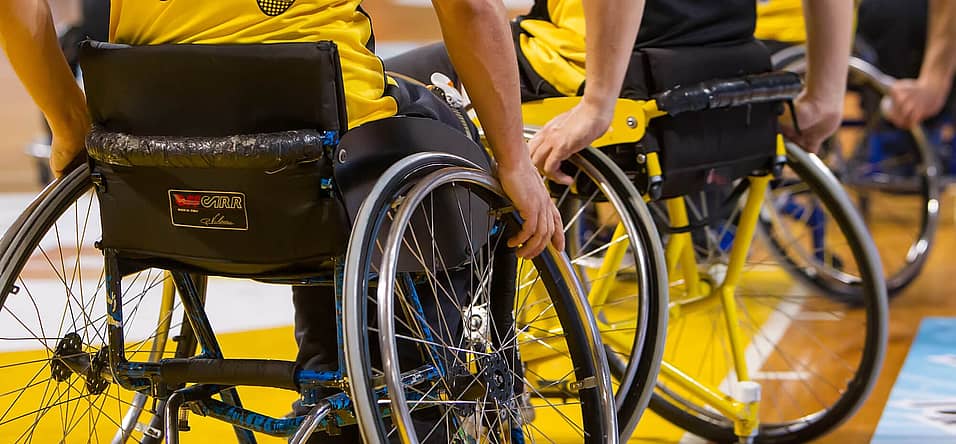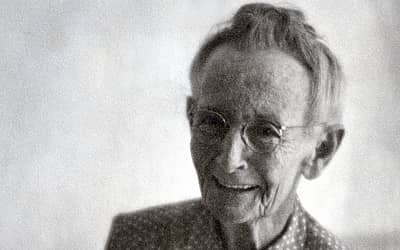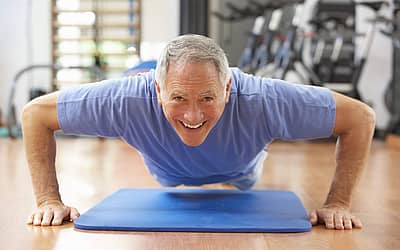
Superhuman Day
Learn more about the Superhumans of the Paralympic Games and beyond through the documentary “We’re the Superhumans”, and support the Paralympics.
For many years, those who have faced the challenges of disability in all its forms have dealt with a stigma that was forced upon them. Society has often treated these individuals as if they were somehow less capable of doing amazing and, dare we say it, Superhuman things.
Rather than thinking of people who have overcome disabilities as “less than”, perhaps the world would benefit from thinking of them as something far beyond average. Perhaps they are really and truly Superhuman!
Superhuman Day celebrates and brings awareness to the thousands of athletes, musicians, artists, and everyday people who have overcome what was once perceived as a crippling limitation and gone on to prove that “Yes I Can”
It’s time to learn about and celebrate Superhuman Day!
History of Superhuman Day
Superhuman Day was the brainchild of the fantastic people at Channel 4, a British free to air television network that is dedicated to providing programming that is of distinctive and high quality.
To highlight the incredible athletes at the Summer Paralympic Games in 2016, Channel 4 took the place of the official broadcaster for the Paralympics for the second time, and immediately decided to start bringing these unsung heroes and champions of the great human achievements into the limelight.
It all started with their advertising campaign “We’re The Superhumans”, featuring 140 unique people with disabilities who are working to change society’s attitudes towards them. And, to be honest, people who have ‘bionic’ limbs or can use wheels for legs probably should be considered somehow beyond human!
The Paralympics have been running since 1948, although they weren’t called that then. This athletic event was originally put together to give World War II Veteran Patients with Spinal Injuries a chance to compete. At that time, the games were called the “1948 International Wheelchair games”.
But a few years later, in 1960, the Paralympics were officially established, and no longer simply open to WWII disbled veterans. In that event, 400 athletes from 23 countries competed, which quickly grew to 1600 athletes from 40 countries a few years later in 1976.
One of the most important and memorable events of the Paralympics occurred in 1988 in Seoul, South Korea. That year, the Paralympics were held immediately after the Olympic Summer Games, both in the same host city and using the same facilities. How exciting for the Paralympics participants to know they were following in the footsteps of the Olympians who had competed in that same space just prior to their own events!
In 2001, the International Paralympic Committee and the International Olympic Committee cemented this practice as tradition, and so it has been continued ever since.
How to Celebrate Superhuman Day
Encourage a Superhuman
Those who have a disabled person in their family or in their life should remember to encourage them for their amazing achievements. The human body is capable of some amazing things, and the challenges that those with disabilities overcome just show it all the more. Give encouragement to friends and family to acknowledge that their “superhumanness” is seen and respected.
Learn About and Get Inspired by Superhumans
A little research will reveal musicians, archers, craftsmen, painters, and people from every walk of life who have not let their disabilities hold them back.
- Trischa Zorn. The Paralympic athlete with the most ever success, Zorn was born blind, but that doesn’t stop her. She has won 55 medals for the United States team over the 24 years from 1980 to 2004.
- Franz Nietlispach. A versatile Paralympian, Nietlispach is a legend having won 2 medals from 1976 to 2008. His sports include athletics, hand cycling, and table tennis. But he’s not only an athlete, he has also held political office in his native Switzerland.
- Esther Vergeer. After a 9 hour spinal operation left her without the use of her legs, Vergeer learned to play volleyball, basketball and tennis–in her wheelchair. She was the #1 wheelchair tennis player in the world for 14 years, until her retirement in 2013, with a winning streak of 470 matches!
- Natalya Partyka. The youngest Paralympian ever, Natlya was born in Poland without a right hand or forearm. She was only 11 years old when she competed in her first Paralympics in 2000. By 2008 and 2012, she competed not only in the Paralympics, but also played on the Olympic table tennis team for her native Poland.
Watch “We’re The Superhumans”
Take a look at the Channel 4 video that started it all! (Access may be found on YouTube or other media outlets).
See an amazing drummer who doesn’t have hands so he drums with his feet, a dancer reminiscent of Frank Sinatra who only has one leg, a guitarist with no arms, or an extreme wheelchair racer who could rival Evil Knievel. All of this talent and dedication is a sight to behold and an inspiration to those who are also working to overcome adversity!
Support the Paralympics
Superhuman Day is also a great reminder to set your calendar to view the Paralympics this coming year. This is a profound display of human achievement and the heights that people can reach when they don’t let their perceived setbacks hold them down!
This might also be a great opportunity to offer a donation to the Paralympics, Special Olympics or other charity that encourages those with disabilities to work hard and compete in daring feats!









